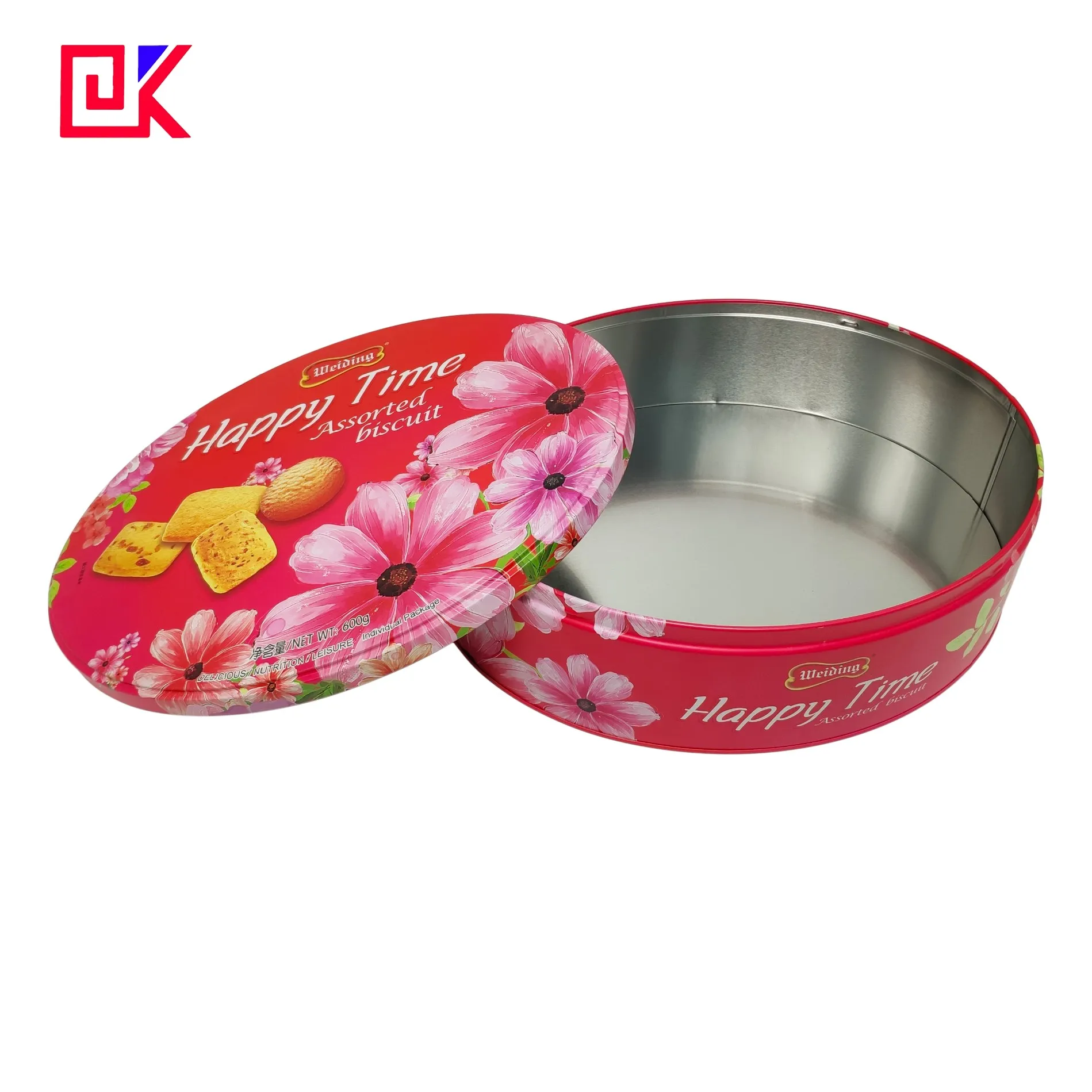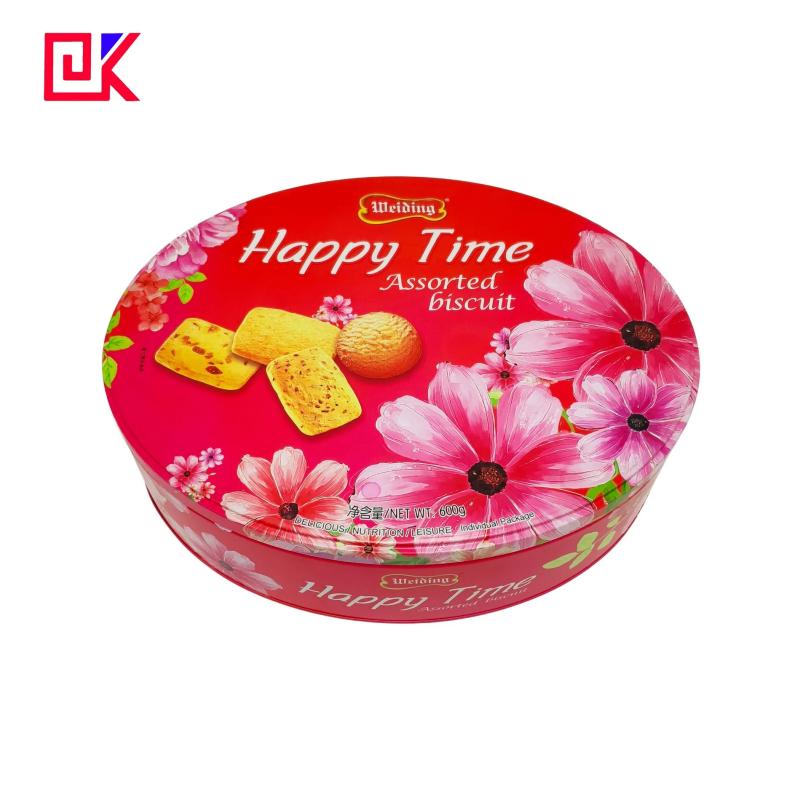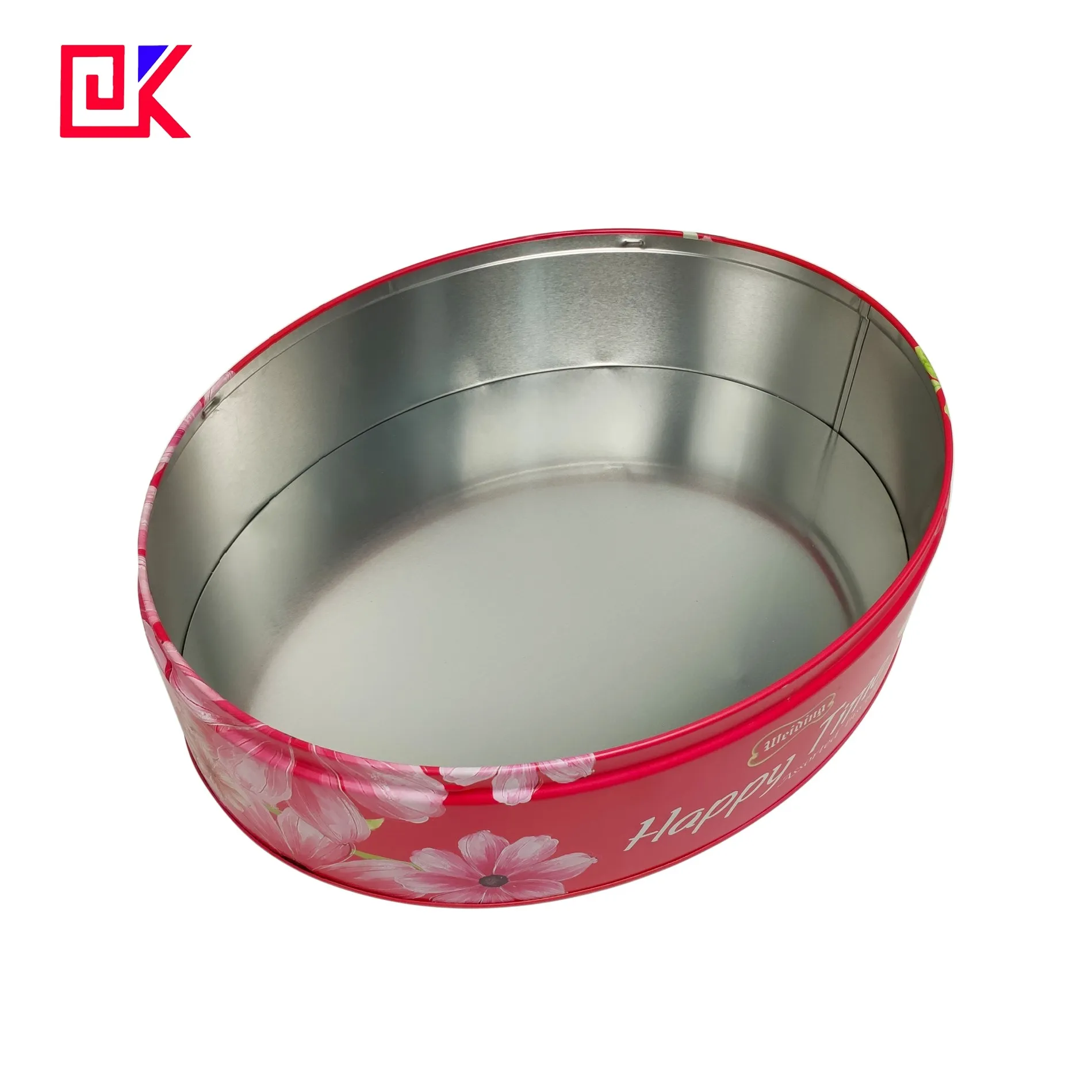Tin packaging is a container made of metal iron, which is used to store, transport and protect various types of goods, especially food, beverages, cosmetics, medicines, chemical products, etc. As a packaging method with a long history and wide application, tin packaging has gradually become one of the indispensable packaging materials in modern industry and daily life with its unique strength, sealing, barrier properties and processing flexibility.
This article will discuss in detail the definition, production materials, production process, common uses, comparison with other packaging materials, and its importance in the packaging industry of tin packaging, to help readers have a deep understanding of this traditional but still extremely important packaging form.

What is tin packaging?
Tin packaging usually refers to various can-shaped packaging containers made of tin-coated steel sheets (tinplate) or other types of thin steel sheets. The main feature of this packaging method is that iron is used as the main material, and it is made into a can body with a certain shape through different processing techniques, which is mainly used to store and transport solid, liquid or gas products.
Definition of tinplate
The most common material in tin packaging is tinplate, which is a thin layer of tin coated on the surface of the steel sheet. Tin has good corrosion resistance and can protect the iron substrate from oxidation and corrosion. By combining iron with tin, tinplate cans can provide better protection while maintaining the strength of iron, so they are widely used in food, beverage and chemical packaging.
Basic characteristics of tin packaging
Tin packaging has high plasticity, impact resistance, barrier and recyclability. Its strength allows the tin can to withstand external impact and prevent the contents from being damaged or leaking; its sealing ensures that the contents of the can can be stored for a long time without being affected by external factors. In addition, the surface of the tin can can be decorated by printing, coating and other methods to give it a good visual effect.

What are the materials used to make tin packaging?
The basic material of tin packaging is steel plate, and the most commonly used type is tin-plated steel plate, that is, tinplate. The choice of materials for making tin cans is crucial because it is directly related to the durability, sealing and protection of the contents of the packaging.
Tinplate
Tinplate is a material made of low-carbon steel and plated with a layer of tin on the surface after hot or cold rolling. The main function of tin plating is to prevent the base steel plate of the iron can from chemically reacting with the air or other substances, causing corrosion. The tin layer can play a very good protective role while maintaining the plasticity and processability of the material.
Tinplate is widely used in food and beverage packaging because it has good chemical stability and is not easy to react with the contents. This property makes tinplate an ideal material for storing acidic and alkaline foods and carbonated beverages.
Wuxi iron plate
In some specific applications, such as the packaging of paints, chemical products or certain industrial products, Wuxi iron plates are used. Although this material does not have the anti-corrosion properties of tinplate, it can also achieve the corresponding protection effect through other coating treatment processes.
Chrome-plated steel plate
Chrome-plated steel plate (commonly known as TFS) is another material option for iron cans. It is coated with a layer of chromium on the surface of the steel plate through an electroplating process during the production process. Compared with tinplate, this material has a lower cost and good corrosion resistance, but its use in the field of food packaging is smaller and is more used for the packaging of industrial products.
What is the production process of tin packaging?
The production process of tin packaging involves a variety of processes, covering a series of complex steps such as material processing, can body forming, and sealing. These processes not only affect the quality and performance of iron cans, but are also directly related to the safety and cost of packaging.
Material cutting and forming
The first step in producing iron cans is to cut tinplate or other steel plates, and cut the steel plates into corresponding sizes according to the shape and size requirements of the can body. The next step is the forming process, which uses mechanical operations such as stamping and bending to make the flat steel plate into a can body structure with a specific shape.
Welding of can body and can bottom
The can body is usually rolled into a cylindrical shape from a whole piece of steel plate, while the can bottom is a separately made circular bottom sheet. During the production process, the can body and the can bottom need to be sealed by welding or crimping. The crimping process is often used to produce two-piece cans and three-piece cans. It forms a strong seal by tightly rolling the edges of the can body and the can bottom together.
Sealing and inspection
Sealing is an important process to ensure that tin packaging can effectively isolate air and external substances. For food and beverage packaging, the sealing requirements are particularly strict. Any tiny leak of air or liquid may cause the contents to deteriorate. In order to ensure the quality of the seal, the iron cans are also subjected to pressure testing and sealing tests during the production process to ensure that the can body is leak-free and undamaged.
Coating and decoration
The outer surface of the iron can is usually coated to increase its corrosion resistance and enhance its visual appeal. These coatings can be either transparent or colored to meet the needs of the product brand. Decorative printing prints brand logos, patterns and text on the surface of the can body through screen printing or offset printing.

What are the common uses of tin packaging?
Due to its strength, sealing and barrier properties, tin packaging has been widely used in many industries. The following are several major application areas of tin packaging:
Food and beverage packaging
Tin packaging is most widely used in the food industry, especially for canned food, beverages and condiments. It can effectively extend the shelf life of food, and its good sealing ensures the freshness of the contents. For example, tin cans are widely used for canning vegetables, fruits, meat, fish, coffee, dairy products and other foods, as well as carbonated drinks, beer and juice.
Chemical product packaging
Tin cans also play an important role in the packaging of chemical products, especially those dangerous or corrosive products that require high packaging materials. Chemical products such as paints, solvents, and lubricants usually use tin packaging to ensure that the products do not leak or deteriorate during transportation and storage.
Cosmetic and pharmaceutical packaging
In the cosmetic and pharmaceutical industries, tin packaging is often used to store powdered, paste and liquid products. Due to its excellent sealing performance and moisture-proof and anti-oxidation functions, tin cans can effectively protect the active ingredients in cosmetics and pharmaceuticals and extend their service life.
Industrial product packaging
In addition to food and chemical products, tin cans are also widely used to store and transport various industrial products, such as mechanical parts, metal powders, etc. Its sturdy structure can withstand large external impacts and ensure that the product is not damaged during transportation.
Comparison of tin packaging with other materials: Who is the best?
Compared with other types of packaging materials, tin packaging has obvious advantages, but also some limitations. By comparing with paper, plastic and glass packaging, we can better understand the uniqueness of tin packaging.
Comparison with paper packaging
Paper packaging is usually light and low-cost, but its strength and durability are poor, especially during long-term storage and transportation, it is easy to get wet and tear. In comparison, tin packaging has stronger impact resistance and durability, and is suitable for storing and transporting products with high environmental requirements.
Comparison with plastic packaging
Plastic packaging is light, transparent, easy to shape and design, but it has been increasingly questioned in terms of environmental protection. Tin packaging has good recyclability and can reduce the burden on the environment through recycling and reuse. In addition, iron cans have obvious advantages over plastics in terms of high temperature resistance and gas permeation prevention, and are particularly suitable for food packaging that requires high-temperature sterilization.
Comparison with glass packaging
Glass packaging has good chemical inertness, which can ensure that the contents are not contaminated, but its brittleness makes glass easy to break during transportation. In contrast, tin packaging is not only strong and durable, but also relatively light, reducing transportation costs and the risk of breakage.
As a professional manufacturer, Foshan Dekai Metal Packaging Co., Ltd. delivers premium tinplate products, aerosol cans, and custom packaging solutions. Our 50,000-square-meter factory in Foshan, China, is equipped with advanced production lines, ensuring consistent quality and efficiency. We cater to businesses seeking affordable packaging options, wholesale prices, and bulk supply. ISO9001-certified and known for innovation, we are your trusted supplier for reliable and cost-effective solutions.

